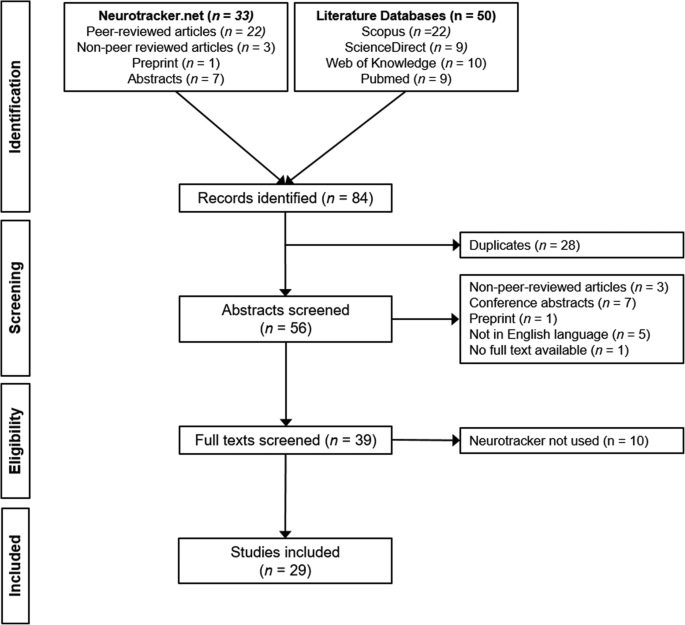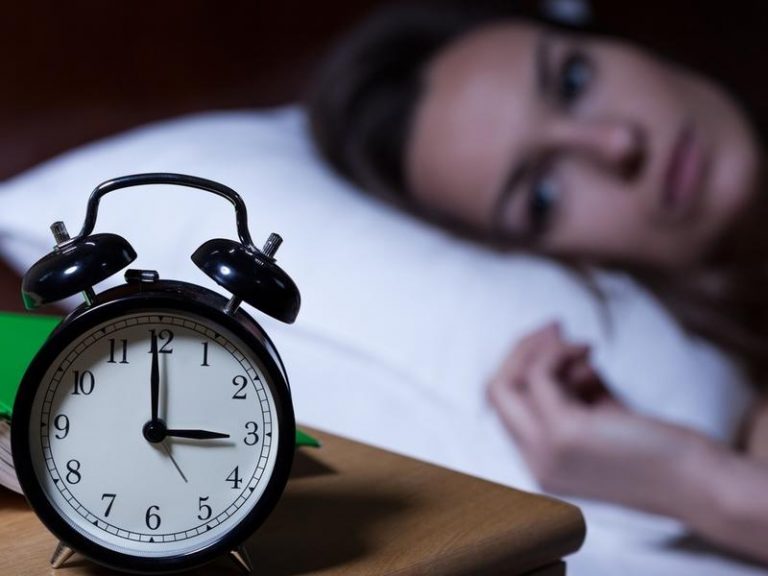
The features and parts of the Sintashta “compound” bow were considered, and the role of long-range weapons in the life of Sintashta society was discussed. The article reviews the global context of the design features of bows of the Neolithic-Bronze Age. The project is carried out by a collective of researchers from Greece and Russia as part of the grant program of the world association of experimental archaeology EXARC - “Twinning program”. This article presents data from an international experimental study on the reconstruction of the “compound” bow of Sintashta culture of bronze age South Ural, Russia. Mean HR and BL during post exercise shooting in 1 st and 2 nd tests were 168 and 166 bpm (range 1 st test: 152e191 bpm, 2 nd test: 147e188 bpm) and 4.21 and 3.44 mmol.L À1 (range 1 st test: 1.3e7.0 mmol.L À1, 2 nd test: Results: Mean HR and BL during resting shoot in 1 st and 2 nd tests were 119.0 and 112.2 bpm (range 1 st test: 101e142 bpm, 2 nd test: 96e135 bpm) and 1.72 and 1.65 mmol.L À1 (range 1 st test: 0.9e2.6 mmol.L À1, 2 nd test: 0.8e2.3 mmol.L À1) respectively. Average (overall) results were taken into account for statistical analysis. The score of the shots were recorded as in the normal archery indoor competition. Heart rate monitors were used for heart rate (HR) recordings with 5 seconds intervals for resting, running, shooting, and recovery periods. In order to raise the heart rate (HR) and related physiological stress the archers performed 4 sets of steady pace shuttle runs (males 10 km h-1 females 8 km h-1) for 3 minutes in a 20 m course following with 1 minute stop during which they performed 3 shots to 18 meter distance indoor target, and followed by 1 minute rest, where blood sample was collected from ear lobe for blood lactate (BL) analysis. Methods: Regularly trained 13 (7 female, 6 male) international level elite archers performed a (specific) protocol twice with 3 days interval in an indoor area. Furthermore, NeuroTracker training had a greater effect than conventional training on the archery athlete shooting performance.Īim: The aim of the present study was to examine the effect of heart rate on shooting performance in elite archers. The results showed that NeuroTracker training and conventional training had a significant effect on the archery athlete shooting performance. The instrument used to measure the archery shooting ability was the 30m shooting test. The experimental group received NeuroTracker trainings, while the control group received the conventional trainings. The samples were divided into two groups, including the experimental group and control group. Samples were selected using non-random sampling to obtain 20 athletes. The population of this study consisted of 40 archery athletes of one of the campus sports clubs. The method of this research used the experimental method with pretest-posttest control group design. To overcome this problem, NeuroTracker technology can be provided in the training process to improve the archery athlete shooting ability.


In this condition, athletes often experience disturbances and doubts in aiming and releasing arrows so that the shooting performance is often not optimal.

In archery, athletes must focus on performing techniques consistently, be fast, and be precise in making decisions when aiming and releasing arrows. Meanwhile, in developed countries, this method is developing rapidly and implemented for gaining sport achievements, including in archery. In Indonesia, this technology is still limited. Nowadays, there are a number of non-conventional training methods utilizing science and technology that can improve athlete performances, one of them is NeuroTracker technology.


 0 kommentar(er)
0 kommentar(er)
